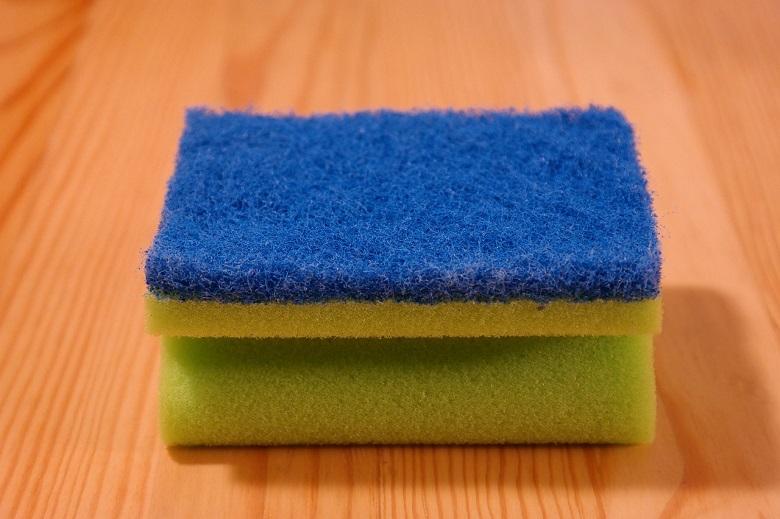Due to its porous structure, the sponge facilitates a massive reproduction of pathogens. It can contain 200,000 times more microbes than a toilet seat, says a specialist. It is therefore recommended to replace it often or use a brush.
In the kitchen, the sponge is a hotbed of infectious diseases. Indeed, it contains many more microorganisms than the toilet seat, says Nadejda Rayeva, a specialist at Rospotrebnadzor (Russian Federal Agency for Social and Sanitary Hygiene and Public Health) at Sputnik News site.
This cleaning tool greatly promotes bacterial growth due to its porosity. Often made of polyurethane foam, the sponge is very difficult to wash and disinfect. In the space of a week, it can promote microbial reproduction 200,000 times more than the toilet seat, says Nadejda.
Having several sponges
According to the specialist, the use of a single sponge to clean the sink and dishes promotes the development of a contagious outbreak: “In the same sink, root vegetables soiled with soil and meat that may contain pathogenic microorganisms and parasitic worms are washed in the same sink”.
This is the reason why it is recommended to use several sponges and to change them at least once a week. In addition, it is advisable to use a special one for vegetables, or even a brush, because possible pathogens will stay there for a shorter time, continues Mrs. Raïeva.
Replace it with a brush
Instead of sponges, the use of different brushes or fabrics is recommended: “They can be replaced by ordinary plastic brushes that can be washed and cleaned with boiling water but also disinfected. Pathogenic flora does not reproduce as easily on plastic surfaces. The health authorities also advise using kitchen rags that can be washed at the end of the day,” concludes the specialist.
